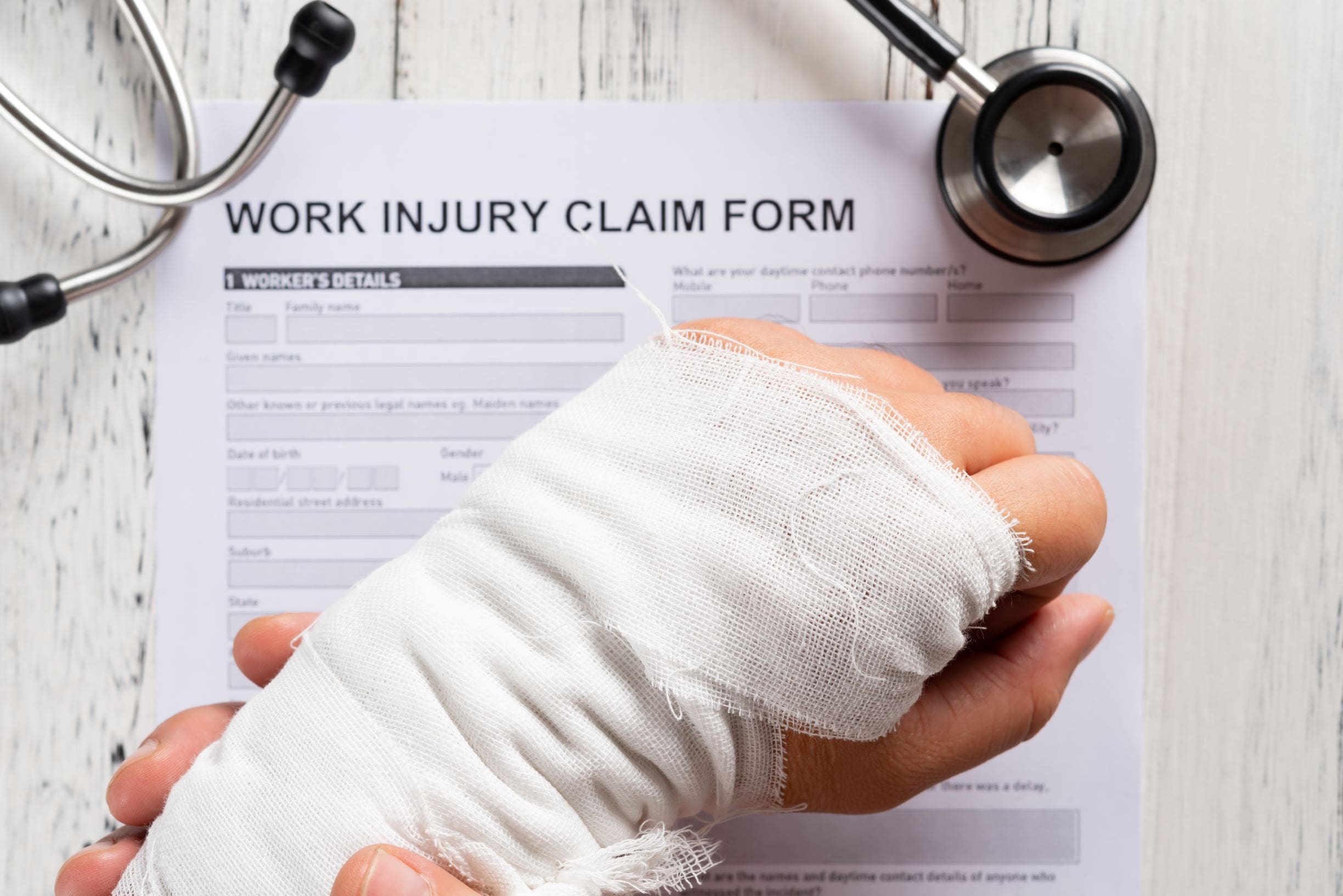
Accidents happen but how you respond can affect insurance premiums and how quickly your employee is back to feeling 100 percent.
“Getting information to your Workers’ Compensation claims handler as soon as possible allows them to get to work much quicker providing the oversight and management your employee needs while injured,” says Drew Garcia, VP of Rancho Mesa.
By reducing lag time and reporting claims, your valued employees receive immediate attention for their needs. Initiating the investigation early on helps with the preservation of evidence and prevents the loss of critical information when it comes to disputed claims.
“The sooner a claim is reported to the carrier, the sooner we can take action and conduct a timely investigation into the claim and collect information to determine the appropriate benefits due to the injured worker,” Garcia says. “A delay in reporting can delay the provision of benefits and may result in litigation – which directly impacts the costs of the claim.”
Also the longer an employee’s injury goes unaddressed, it can result in increased claim costs as injuries can evolve from minor to major under a number of different circumstances.
“When an old injury is reported later the details of the injury can be less clear,” Garcia says.
If the injury is work-related, make sure your employees know to notify you first. Requirements regarding direct medical care vary state by state so be sure to contact your carrier if you have questions.
A common mistake when it comes to reporting an incident is not taking the time to thoroughly investigate a workplace injury.
“One person’s interpretation of reporting and investigating a claim can differ from another,” Garcia says. “It is very important that your front line supervisors are trained to know what to do in the event of an injury and what forms they are to complete thereafter.”
Aside from reporting accidents in a timely manner, having a strong return to work program is paramount. A return to work program shifts the focus from pain and disability to recovery. It also strengthens the employee/employer relationship by promoting communication and cooperation.
Work to find ways to bring your employee back on light or modified duty. This will help with their road to recovery. This boosts the employee’s self-esteem and allows them to contribute valuable work and get compensated for it.
“Take some time with members of your organization and come up with some light-duty work solutions will help keep your program moving,” Garcia says. “Common solutions can include but are not limited to providing modified work at alternate job sites – at the yard, with non-profit organizations and having injured employees attend online safety training.”
By participating in modified work this enhances the physical conditioning and mental activity of the employee and enables them to maintain social connections with their co-workers and return to a daily structure.
If you are concerned about bringing a worker back too soon, Garcia advises you to follow the doctor’s evaluation of what modified work restriction will not exceed the employee’s limits.
“If an employee feels they can do more than is the current restrictions allow then the employee needs to communicate this to the physician so they can re-evaluate and update or alleviate modified duty,” Garcia says.

NALP’s safety programs are produced in partnership with Rancho Mesa.

